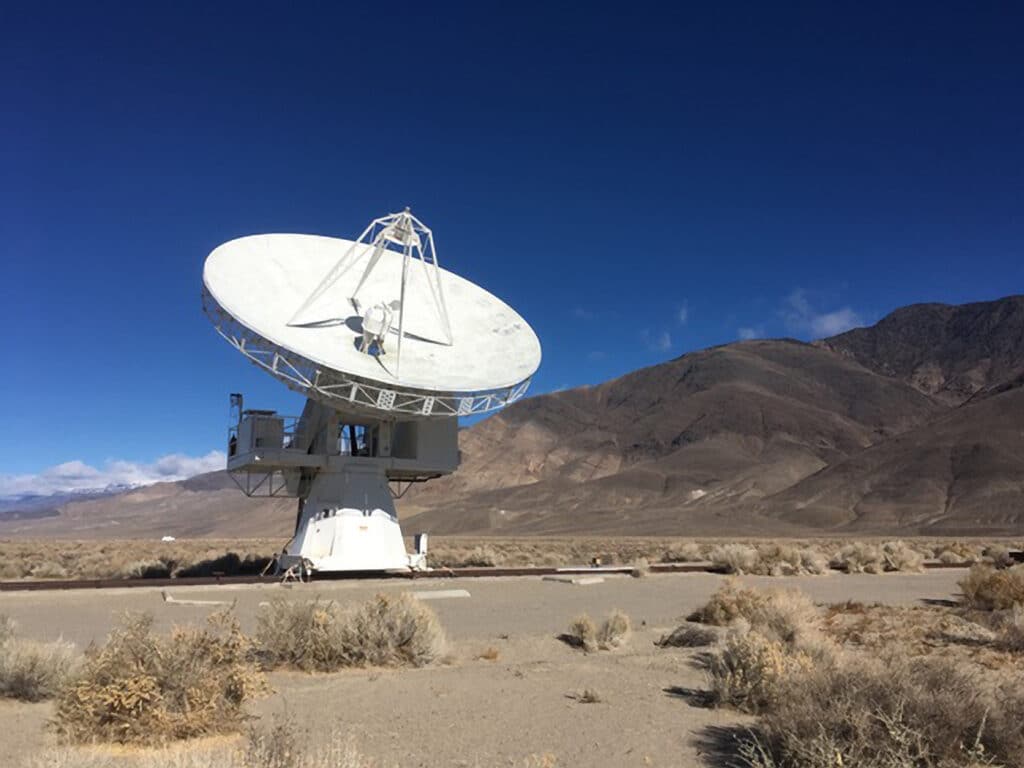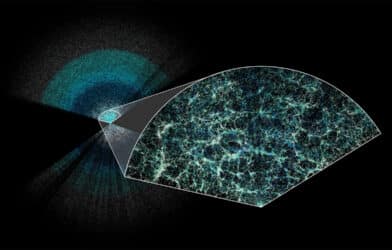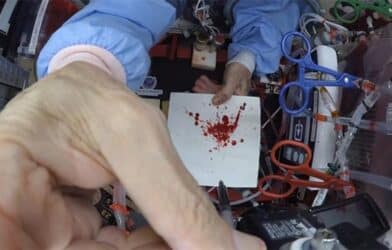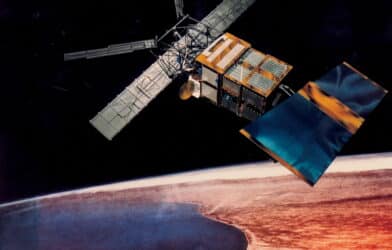As the world celebrates images coming from NASA’s James Webb Space Telescope, Caltech astronomers will peer beneath the “tip of the iceberg” of galaxies to unveil a hidden era of star formation. The project is part of a planned five-year survey.
Caltech’s new project, called CO Mapping Array Project, or COMAP, will be offering a glimpse into an epoch of galaxies and stars billions of years old. The project will help answer questions about what really caused the universe’s rapid increase in the production of stars.
“Most instruments might see the tip of an iceberg when looking at galaxies from this period,” says Kieran Cleary, the project’s principal investigator and the associate director of Caltech’s Owens Valley Radio Observatory (OVRO), in a statement. “But COMAP will see what lies underneath, hidden from view.”
COMAP uses a 10.4-meter “Leighton” radio dish at OVRO to analyze the most common kinds of star-forming galaxies spread across space and time. This includes those that are difficult to view because they are too faint or hidden by dust. COMAP measures bright radio signals from carbon monoxide gas, since cold hydrogen gas — from which stars are made — is not easy to pinpoint. The instrument’s radio camera is the most powerful ever built to detect these radio signals.
COMAP captures blurry radio images of clusters of galaxies or cosmic time rather than sharp images of individual galaxies. Because of the blurriness, astronomers are able to catch all the radio light coming from a larger pool of galaxies, even the faintest and dustiest ones that have never been seen.
“In this way, we can find the average properties of typical, faint galaxies without needing to know very precisely where any individual galaxy is located,” explains Cleary. “This is like finding the temperature of a large volume of water using a thermometer rather than analyzing the motions of the individual water molecules.”
Even though COMAP has not yet made a direct detection of the carbon monoxide signal the first year into the study, it is on on track to do so by the end of the initial five-year survey. It will paint the most comprehensive picture of the universe’s history of star formation.
“Looking to the future of the project, we aim to use this technique to successively look further and further back in time,” says Cleary. “Starting 4 billion years after the Big Bang, we will keep pushing back in time until we reach the epoch of the first stars and galaxies, a couple of billion years earlier.”
COMAP will see not only the first epoch of stars and galaxies, but also their decline.
“We will observe star formation rising and falling like an ocean tide,” says co-principal investigator Anthony Readhead, Robinson Professor of Astronomy, Emeritus.
The study’s current findings is published in The Astrophysical Journal.













Comments